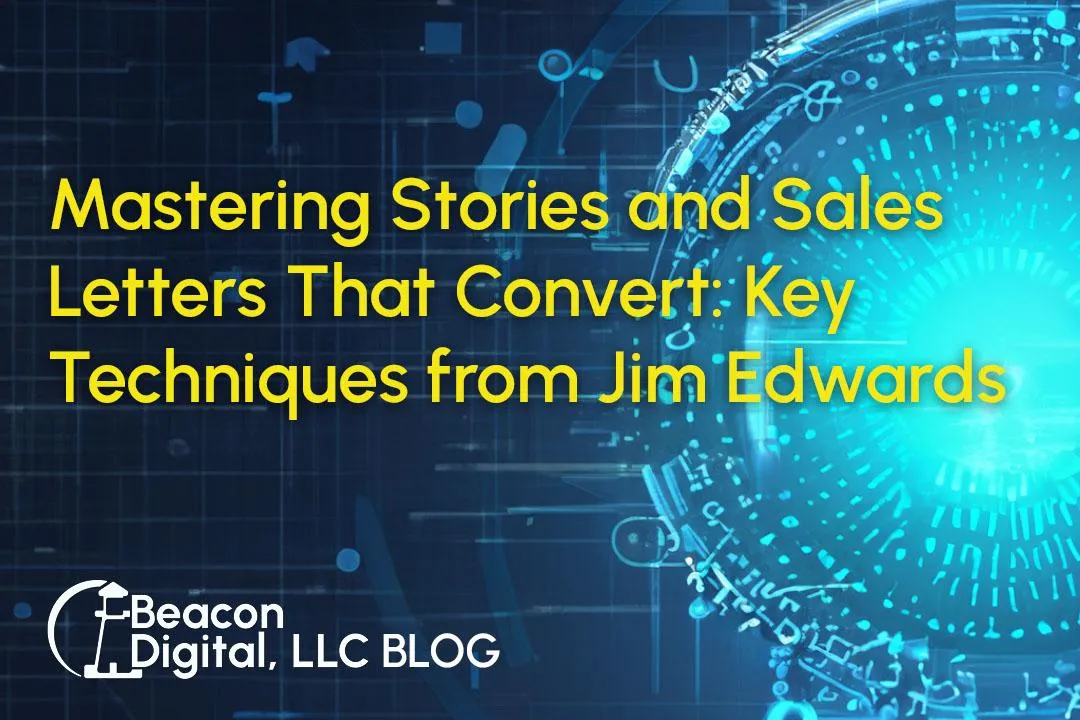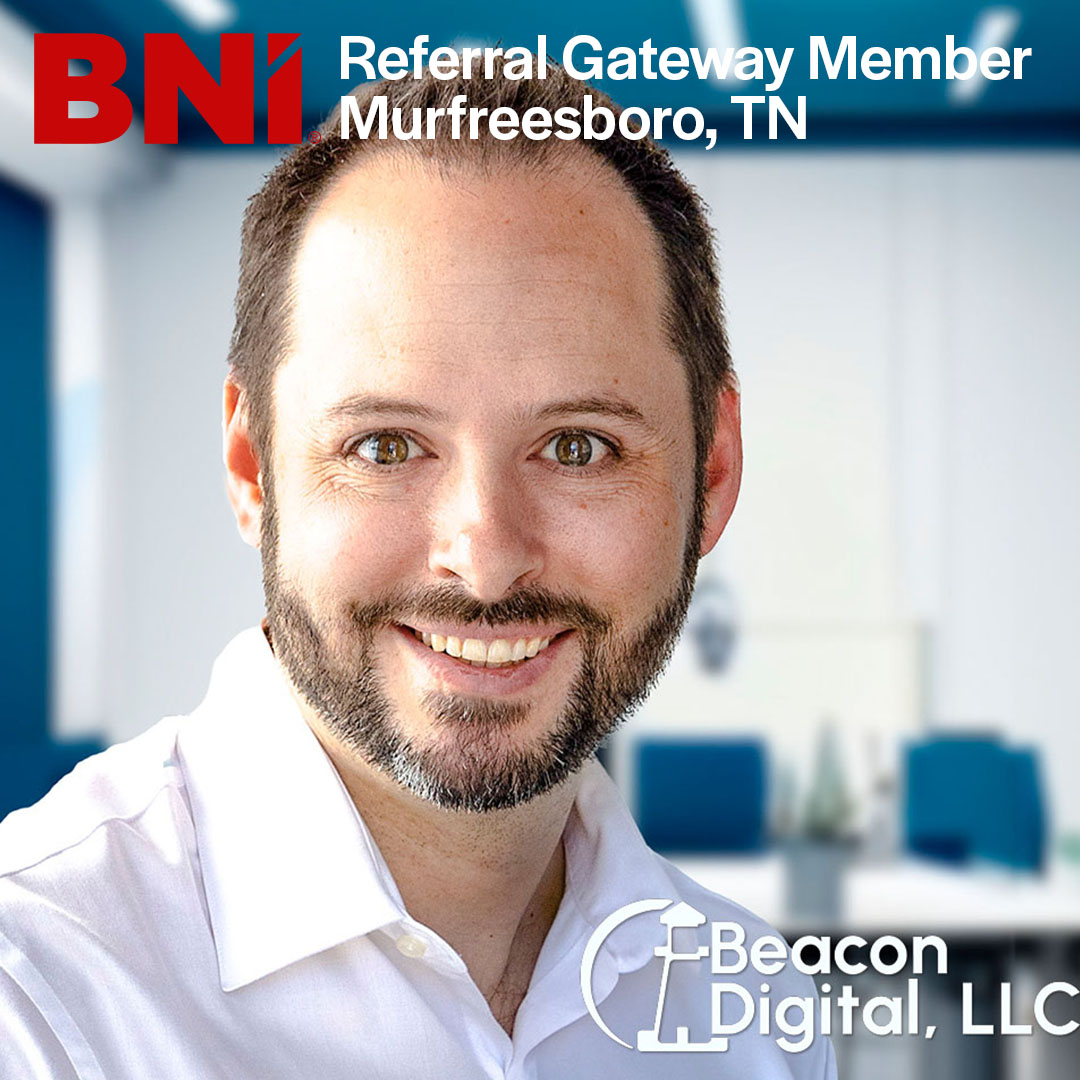
Mastering Stories and Sales Letters That Convert: Key Techniques from Jim Edwards
In today’s fast-paced and ever-changing digital world, capturing attention and driving conversions can be a hurdle that most entrepreneurs never seem to conquer. In order to stand out, you need the perfect blend of storytelling and persuasive sales letters that capture the attention and motivate action right then and there. Recently, I attended a powerful training led by Jim Edwards on two essential aspects of sales: writing compelling sales stories and creating high-converting sales letters. These techniques can help turn great products, services, and offers into something irresistible that people can’t wait to get their hands on.
For the past three decades, Jim has helped authors, coaches, speakers, and entrepreneurs create powerful marketing and sales content to drive conversion and business success. His expertise in writing captivating stories to close leads was nothing short of inspiring. Here’s what I learned.
Everyone has a Great Story
Stories are powerful tools for building an emotional connection with your audience. Jim emphasizes that your personal story is unique and cannot be cloned, copied, or duplicated. This authenticity can help you stand out and create lasting bonds with potential clients. Here are some of the most compelling storytelling techniques Jim shared:
Begin with a point of High Drama - Every great story hooks the reader immediately. Start at a dramatic or pivotal moment to create immediate emotional tension and pull your audience in.
The Type of Story Will Effect Your Outcome - There are various story types that can serve different purposes:
The Hero’s Journey: Share a personal or customer story of overcoming challenges with the help of your product or service to build rapport.
Transformation Story: Focus on your product or service's tangible results and outcomes to build excitement and relatability.
Epiphany Story: Highlight a moment of realization that led to the creation of your product to build empathy that can guide someone in their decision.
Problem-Solution Story: Present your audience's problem and show how your solution resolves it to build urgency in getting the solution.
Failure to Success Story: Show the journey from failure to success, making your audience believe they can succeed. This motivates people to choose success over the pain of failure.
Create Emotional Pressure - Throughout the story, you should gradually increase emotional tension, which keeps readers engaged. Use vivid language and strong verbs to bring your story to life and help your audience see themselves in the experience.
Tie the Story to the Offer - Ultimately, every sales story should lead to an invitation to take an offer or call to action. This offer is your promise, and your story tells the reader how you will keep your promise and why they should trust you to solve their problem.
Great Sales Copy Converts Great Leads
Sales letters are more than just long blocks of text—they are strategic messages designed to make money 24/7. Jim Edwards shared an actionable formula for creating sales letters that convert leads. Here’s a breakdown of the key components:
The Structure: Problem, Mistake, Solution Jim emphasizes that the best sales letters follow a simple formula:
Problem → Mistake → Solution. First, you make the problem obvious and relatable. Then, show how mistakes (such as ignoring the problem or procrastinating) only make it worse. Finally, present your product as the solution that rescues the reader from their pain.Headline and Hook The headline is the most critical part of any sales letter—it pulls the reader in. Use a pre-headline to call out a specific group, such as "Small Business Owners," followed by a compelling headline that challenges common beliefs or offers an unexpected solution. The goal is to grab attention immediately and encourage readers to keep going.
Intensify the Problem Highlight its severity to make the reader feel the urgency of the problem. This is your chance to be a "drama queen," as Jim says. Make the problem bigger, more painful, and more immediate. Show the consequences of inaction. (“Your Wife will leave you, your kids will hate you, and your dog will bite you in the leg!”)
Present the Solution Once the reader is fully aware of their problem, offer your product or service as the solution. Use vivid, benefit-driven language focusing on how your product will rescue them from their pain points. This is where you make the promise detailing the value of everything your customer will receive. (“Your wife will come back, your kids will love you, and your dog will learn to fetch you a beer”)
Build the Offer Stack The offer stack is a detailed breakdown of all the components of your product or service. It includes the main offer as well as bonuses that add extra value. Use bullet points to emphasize features, benefits, and the meaning behind them:
Feature: What the product does.
Benefit: How the product helps
Meaning: What that benefit means for the customer's life.
For example, “Our system responds to leads automatically (feature), so you can focus on growing your business (benefit), and you’ll never miss an opportunity again (meaning).”
Credibility and Proof After presenting the offer, you need to build trust. Include testimonials, endorsements, and case studies. Proof is essential to show that your product delivers real results. Remember, authenticity is key—never fake testimonials.
Guarantee A strong guarantee removes any risk from the purchase. Go beyond the typical 30-day money-back guarantee and re-enforce the benefits. For example, "I guarantee you’ll capture more leads and close more deals, or you get your money back."
Call to Action The sales letter should end with a strong call to action. Be explicit—tell the reader exactly what you want them to do. Jim recommends using a benefit-focused button, like "Get Started Now" or "Claim Your Offer." Don’t forget to add urgency—whether it's a limited-time offer or a scarcity element—so the reader knows they need to act quickly.
No Sales Letter is Ever Done
Even the best sales letter can be improved. Jim encourages testing different versions, especially the headline, which is the primary factor for increasing revenue. Here’s the process:
Pass 1: Write the sales letter in Word or Google Docs.
Pass 2: Read it out loud to catch any awkward phrasing or missing steps.
Pass 3: Build it in an online funnel builder and format for readability.
Pass 4: Have three friends read it and give honest feedback.
Simply changing a headline can mean the difference between 5% conversion and 25% conversion, and you’ll never know unless you test it. A funnel builder with A/B testing is a powerful tool for crafting a highly converting sales letter.
If I can do it, you can too!
By mastering storytelling and sales letter structure, you can create a sales strategy that connects emotionally, builds trust, and converts leads into customers. Whether starting with a bold headline or crafting a compelling hero’s journey, these techniques will help your message stand out in a crowded market and convert more leads into loyal customers.




